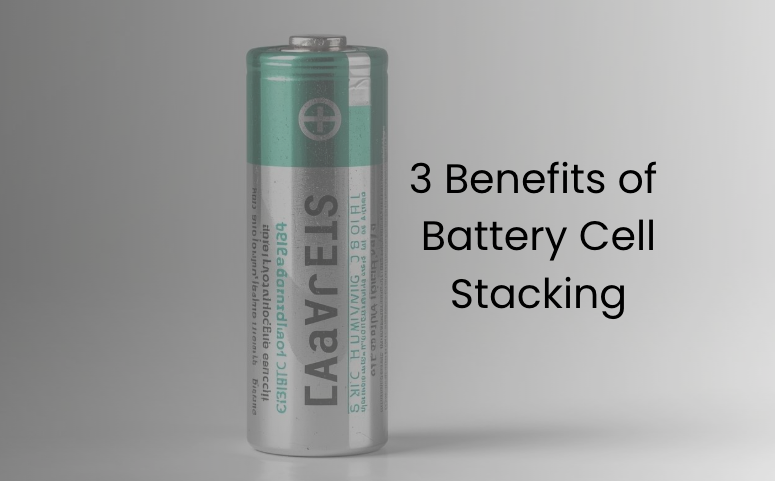Introduction
Define the device, then follow the flow of energy. A fuel cell converts hydrogen and oxygen into electricity, heat, and water. Hydrogen fuel cell systems sit at the edge of power and mobility, where downtime costs real money and trust. Picture a delivery yard at dawn: several vehicles hesitate to start as stack humidification lags and thermal management chases the error. Last quarter’s data shows a 7% dip in uptime, a rise in voltage decay of 10 microvolts per hour, and current density swings that no operator wants to see. So ask the sharper question: are we solving the visible alarms or the buried constraints that trigger them? When membrane electrode assemblies (MEAs) dry, or bipolar plates run hot spots, the alarms are only echoes—useful, but late. Technical, yes, but human too (everyone wants simple, stable power). What if the real issue is not the part, but the pattern?

Let’s move from surface fixes to the deeper layer that actually shifts outcomes.
Where Traditional Fixes Fall Short
What’s the real bottleneck?
Many teams buy new hydrogen fuel cell equipment expecting an instant cure. The upgrade helps, but the loop stays the same: reactive maintenance, broader safety margins, and frequent purge cycles. In practice, that means wasted hydrogen, cooler yet uneven stack plates, and a persistent drift in airflow versus demanded current. Balance-of-plant (BoP) subsystems get retuned, and power converters get derated “just to be safe”—funny how that works, right? The result is a quieter dashboard with the same root friction. Gas diffusion layer (GDL) flooding one day; dry-out the next. Oversized compressors mask the signal, while purge valves steal efficiency to protect the MEA. Look, it’s simpler than you think: we keep treating symptoms because they speak louder than the cause.
Hidden pain shows up as calibration creep in humidity and pressure sensors, data silos between line tests and field operation, and hard-coded control heuristics that fail under sharp load ramps. Edge computing nodes are absent or underused, so anomalies get stored, not acted on. Current ripple from inverters bites into catalyst layers over months, not days, and no one links it back to converter tuning. Meanwhile, bipolar plates lose coating uniformity, and thermal maps keep their secrets. The flaw is structural: the workflow assumes steady-state, while the mission is transient by design. That mismatch is the quiet tax on reliability.

Comparative Insight: From Fixes to Forecasts
What’s Next
There is a better route, and it starts with new control principles. Think model predictive control (MPC) for humidification and cooling, not only PID loops. Pair it with a digital twin that learns stack behavior by load segment and ambient profile. Inline electrochemical impedance spectroscopy (EIS) flags rising ohmic resistance before voltage loss spreads. Edge analytics sit next to compressors, valves, and power converters, scoring each transient by risk—then nudging setpoints in real time. The comparison is clear: old loops react to alarms; the new loop anticipates drift. When a plant deploys these features inside modern hydrogen fuel cell equipment, the changes compound. Hydrogen utilization rises because purges are targeted. Thermal management stabilizes because coolant flow anticipates plate-level gradients. MEA stress cycles fall because current ripple is filtered at the source (small tweak, big arc).
So, how do you choose what to implement first? Use an advisory lens with three crisp metrics. One: dynamic response latency—time to stabilize stack voltage within ±1% after a 0–100% load step, measured in milliseconds. Two: degradation rate—microvolts per hour of voltage loss at a defined current density across 1,000 hours. Three: net hydrogen efficiency—total hydrogen used versus kilowatt-hours delivered, including purge and warm-up overhead. Score candidates against these, side by side. Favor systems that embed edge computing nodes, expose BoP data at 10–50 Hz, and support MPC hooks. Then iterate your control maps monthly, not yearly—because conditions move. Do this, and the system meets people where they work: simple, steady, ready. And it stays that way—because the loop learns.
For steady guidance rooted in practice, see LEAD.
